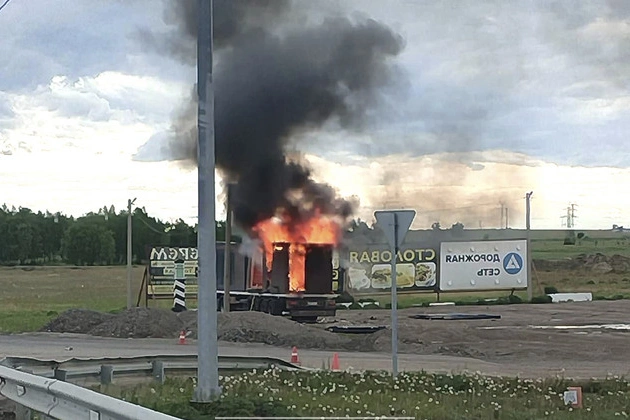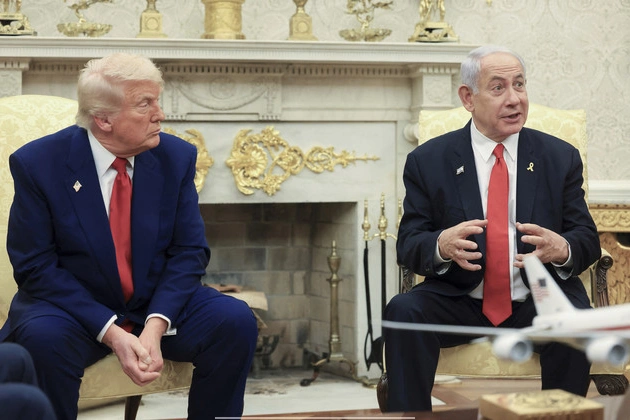
Ukraine’s recent drone strikes on Russian airfields have sparked concerns among military leaders and lawmakers about the vulnerabilities of U.S. air bases. The use of artificial intelligence in launching over 100 drones into Russian territory resulted in significant damage to military bases and aircraft, highlighting the potential threat posed by unmanned systems.
The Impact of Ukraine’s Drone Strikes
The success of Ukraine’s drone attacks has underscored the ease with which sophisticated air forces can be crippled by inexpensive drones. This development has raised alarms in the Pacific region, where the United States is looking to strengthen its military presence.
Senator John Boozman emphasized the vulnerability of the nation in the wake of these attacks, pointing out how Ukraine managed to defeat the Russian navy and severely damage their air force without a substantial air force of its own.
Assessing US Air Force Vulnerabilities
Lawmakers and military officials are particularly concerned about the exposed nature of U.S. aircraft, which lack protective cover. The drone strike has prompted discussions on revisiting the defensive posture of the American military and potentially investing in counter-drone technologies and enhanced protective measures.
Challenges and Responses
The Air Force’s response to the Ukrainian offensive has been described as a ‘wake-up moment’ by Air Force Chief of Staff Gen. David Allvin. This incident is expected to influence ongoing defense budget deliberations in Washington, with a focus on enhancing readiness against various threats, including drone swarms.
President Donald Trump’s administration is actively addressing military vulnerabilities and advocating for investments in defense capabilities to mitigate the risks posed by evolving warfare tactics, such as drone attacks.
Policy Implications and Future Preparedness
The drone attack in Ukraine has prompted a reevaluation of the security measures at U.S. bases, especially in the Pacific region where the threat from China’s missile arsenal looms large. The need for robust defenses against drone attacks has gained prominence, with calls for accelerated procurement and deployment of counter-drone technologies.
Conclusion
The recent drone strike in Ukraine serves as a stark reminder of the evolving nature of warfare and the pressing need for enhanced military preparedness against unconventional threats. It highlights the importance of continually reviewing and strengthening defenses to safeguard national security interests.











